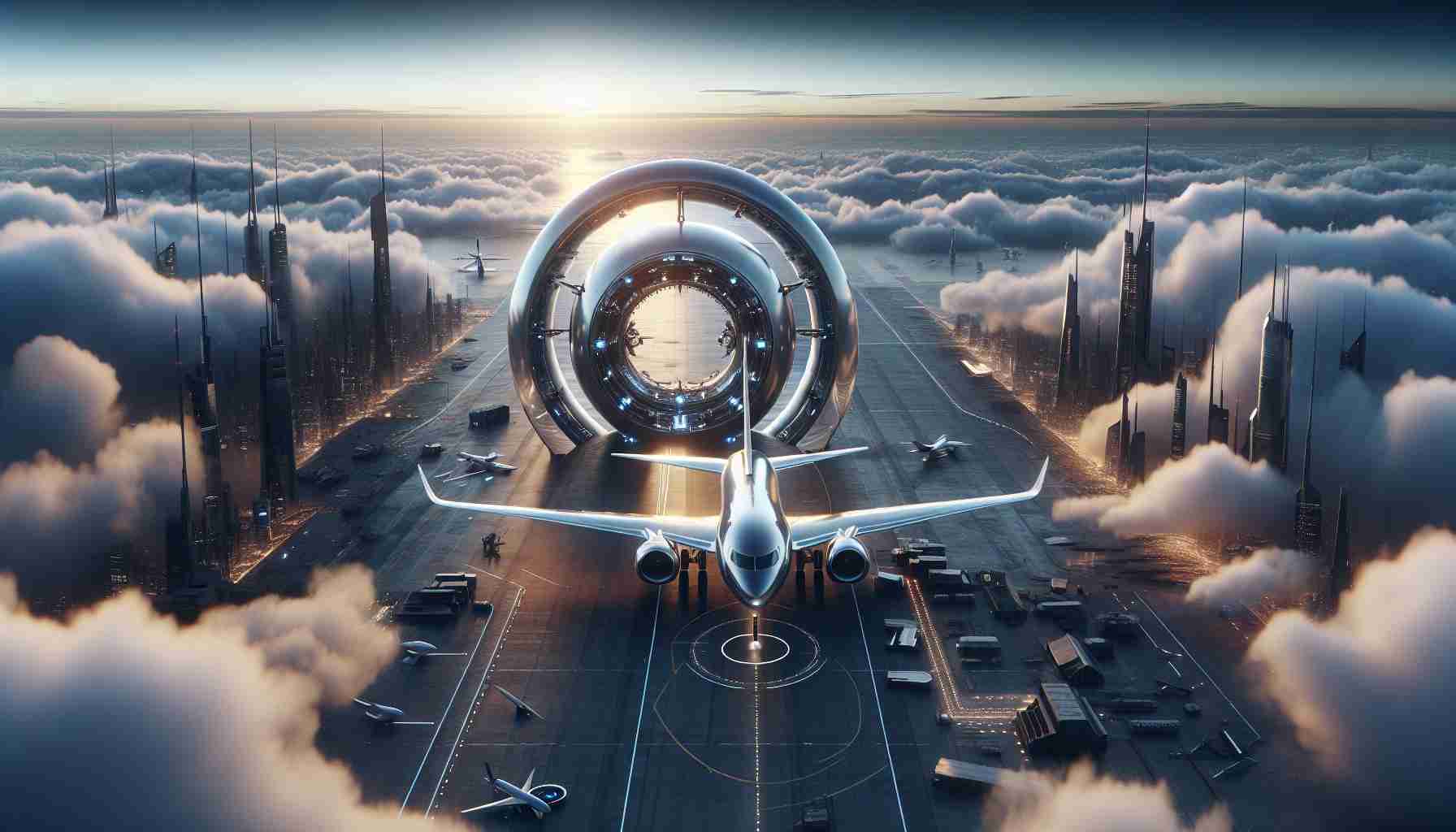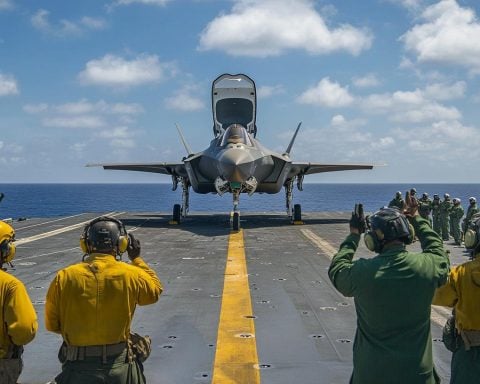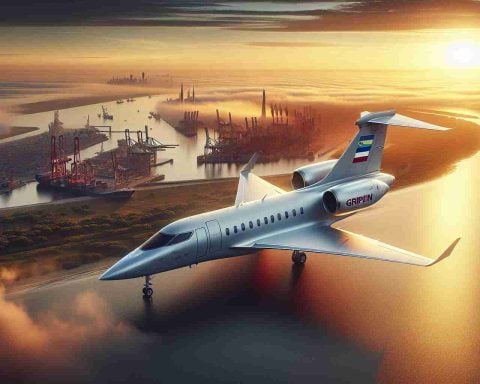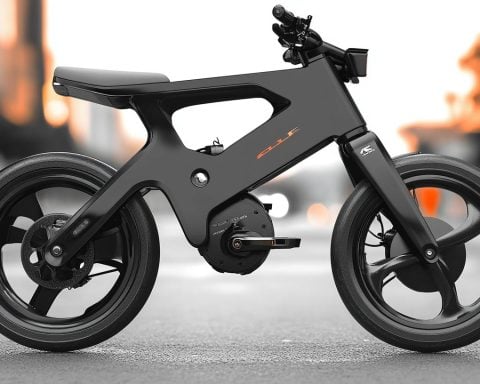The world of aviation is on the brink of significant transformation as researchers and companies embrace cutting-edge technologies to create the next generation of jet planes. Pioneering efforts in design, sustainability, and performance are set to redefine the very essence of air travel.
Silent Jet Engines are at the forefront of this transformation. Traditional jet engines are notoriously loud, contributing to noise pollution in areas surrounding airports. Researchers are developing revolutionary engine designs that promise to significantly reduce noise levels, making air travel a quieter experience. Advances in materials science, such as using sound-absorbing composites, play a crucial role in this innovation.
Emission-free Flight is not a distant dream anymore. With the urgent need to combat climate change, aviation is pivoting towards sustainable solutions. Hybrid-electric and hydrogen-powered jets are in development, aiming to cut down on carbon emissions. Airbus, for example, targets 2035 for the release of its first zero-emission commercial aircraft. These technologies could herald a cleaner, more sustainable era of flight.
Autonomous Flight Technology is another groundbreaking frontier. The integration of AI and machine learning is expected to allow jets to fly with minimal human intervention. This leap can potentially enhance flight safety, reduce pilot fatigue, and open up more efficient flight paths.
As these developments unfold, they promise a future where jet planes are not only faster and more efficient but also friendlier to our planet and communities. The sky is no longer the limit—it’s just the beginning.
Unveiling the Realtime Digital Twin: The Future of Aviation Monitoring
A revolutionary concept is making waves in the aviation industry, promising to further accelerate humanity’s journey toward smarter, safer, and more efficient air travel. The advent of the Realtime Digital Twin technology could forever change how we monitor and maintain aircraft, integrating seamlessly with other cutting-edge innovations like silent jet engines and autonomous flight systems.
What is a Realtime Digital Twin? It is a virtual model of a physical system—in this case, an airplane—that is fed with live data to mirror the real-time operating conditions of its counterpart. This technology allows for on-the-fly performance analysis, predictive maintenance, and optimizing aircraft efficiency during flights. Feedback loops between the digital twin and the aircraft enable instant adjustments, making flights smoother and more adaptive to changing conditions.
Advantages and Disadvantages: One of the primary benefits of this technology is heightened safety through predictive maintenance. By anticipating and addressing mechanical issues before they become problems, digital twins can significantly reduce the risk of in-flight failures. Moreover, they can contribute to fuel efficiency by optimizing flight parameters based on real-time data. However, the reliance on digital infrastructures poses potential cybersecurity risks, necessitating robust protective measures to prevent unauthorized access and data breaches.
Controversies and Future Prospects: While digital twins offer remarkable potential, they spark debate over job displacement in traditional maintenance roles. Will they make certain skilled jobs obsolete, or will they create new opportunities for tech-savvy professionals? The aviation sector must tread carefully as it navigates this digital transformation.
For further insights into aviation advancements, visit Airbus or Boeing. As the skies brim with potential, every innovation is a step forward in merging technology with the art of flight.



















